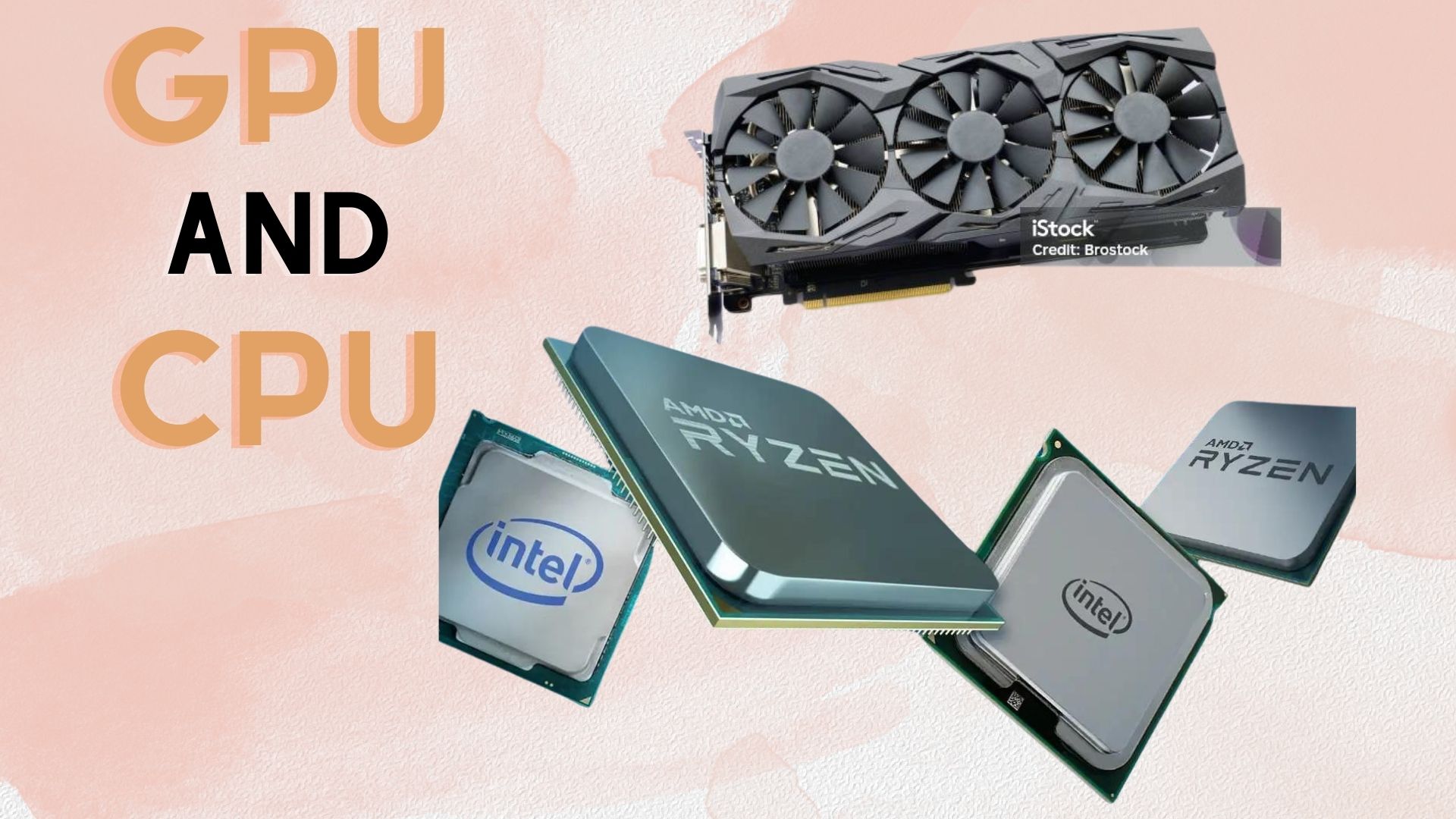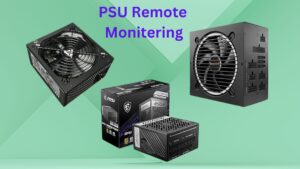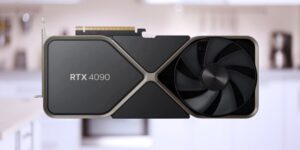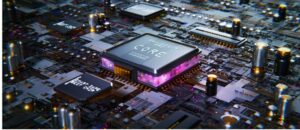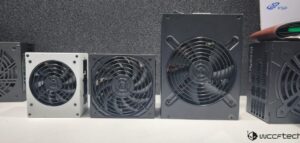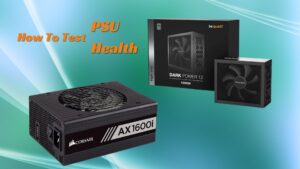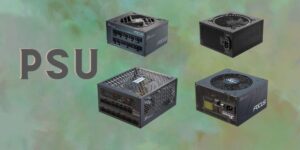Understanding How GPU and CPU Work Together |
Most modern computers contain two main processors – a CPU (Central Processing Unit) and a GPU (Graphics Processing Unit). The collaboration between Graphics Processing Units (GPUs) and Central Processing Units (CPUs) stands as a testament to the synergy required to achieve optimal performance in modern systems. Both GPU and CPU play distinct yet complementary roles in ensuring a seamless computing experience. This article delves into the intricacies of How GPU and CPU Work Together to execute a wide array of tasks efficiently.
So while CPUs remain essential for general-purpose computing, GPUs now play an important supporting role by accelerating compute-intensive workloads offloaded from the CPU. But for this collaboration to work seamlessly, CPUs and GPUs need to effectively coordinate their resources and capabilities. Here’s a deeper look at how they operate together in a modern system:
Understanding the Basics
Before delving into exploring How GPU and CPU Work Together, let’s establish a basic understanding of their functions.
Central Processing Unit (CPU)
The CPU serves as the brain of the computer, responsible for executing instructions and managing general-purpose tasks. It excels in handling tasks that require complex decision-making, sequential processing, and multitasking. CPUs typically have a few powerful cores, each capable of executing a wide range of instructions.
Graphics Processing Unit (GPU)
On the other hand, the GPU is specialized in rendering graphics and performing parallel processing tasks. Initially designed to accelerate rendering for video games and graphics-intensive applications, GPUs have evolved into powerful parallel processors suitable for a broader range of computations. They contain thousands of smaller cores optimized for handling repetitive and parallelizable tasks simultaneously.
Parallelism and Task Allocation:
One of the key strengths of GPUs lies in their ability to handle parallel processing efficiently. While CPUs excel in sequential processing and multitasking, GPUs shine in scenarios where a large number of parallel tasks need to be executed simultaneously. This parallelism is achieved through the multitude of cores present in a GPU, allowing it to process data in parallel and significantly accelerate tasks.
When a computing task is initiated, the operating system determines whether it is better suited for the CPU or the GPU. Generally, tasks involving complex decision-making, system management, and general-purpose computing are assigned to the CPU, while data-intensive parallel tasks, such as graphics rendering, image processing, and scientific simulations, are delegated to the GPU.
The Collaborative Workflow:
To achieve optimal performance, modern systems orchestrate a seamless collaboration between the CPU and GPU, known as heterogeneous computing. This involves breaking down a task into components suitable for either the CPU or GPU, allowing both processors to work concurrently.
1: Task Distribution:
The operating system determines which tasks are best suited for the CPU and GPU based on the nature of the computations. For example, rendering a 3D scene in a video game might be delegated to the GPU, while the game’s AI calculations and physics simulations are handled by the CPU.
2: Data Transfer:
Efficient communication between the CPU and GPU is crucial for seamless task execution. Data that needs to be processed by the GPU is transferred from the system’s memory (RAM) to the GPU’s memory (VRAM). This process, known as data transfer or data marshaling, ensures that the GPU can access the required information.
3: Parallel Execution:
Once the data is in the GPU’s memory, the parallel processing power of the GPU comes into play. The GPU divides the task into smaller parallel sub-tasks, and each core independently processes a portion of the data concurrently. This parallelism allows the GPU to handle computationally intensive tasks, such as rendering high-definition graphics or training deep neural networks, with remarkable speed.
4: Result Integration:
After completing their respective tasks, the CPU and GPU synchronize to integrate the results. This collaboration ensures that the final output is cohesive and accurate. For example, in a gaming scenario, the GPU might render the graphics, while the CPU ensures that the game logic, physics, and AI components are synchronized with the visual output.
Use Cases for CPU and GPU Collaboration:
How GPU and CPU Work Together extends beyond gaming and graphics rendering. Various applications leverage the strengths of both processors to deliver enhanced performance across diverse fields. Some notable use cases include:
Gaming:
- The gaming industry has been a pioneer in harnessing the power of GPU and CPU collaboration. While the GPU handles graphics rendering, the CPU manages game logic, physics simulations, and AI computations. This collaboration results in immersive gaming experiences with realistic visuals and responsive gameplay.
Content Creation:
- Professionals in graphic design, video editing, and 3D modeling benefit from the synergy between CPU and GPU. While the CPU manages the overall workflow and executes complex software, the GPU accelerates tasks like rendering high-resolution videos, processing complex visual effects, and enhancing graphical elements.
Scientific Computing:
- Scientific simulations, such as weather modeling, molecular dynamics, and fluid dynamics, involve complex computations that can be parallelized. GPUs excel in these scenarios, where their parallel processing capabilities significantly accelerate simulations, allowing researchers to obtain results in a more timely manner.
Machine Learning and AI:
- The boom in machine learning and artificial intelligence has witnessed a substantial role for GPUs. Training deep neural networks, a computationally intensive task benefits greatly from the parallel processing power of GPUs. CPUs, on the other hand, contribute to managing the overall workflow, handling data preprocessing, and executing tasks that require sequential processing.
Cryptocurrency Mining:
- In the realm of cryptocurrency, GPUs are often employed for mining, the process of validating transactions and securing the network. The parallel processing capabilities of GPUs make them well-suited for the repetitive and parallel nature of cryptographic calculations.
Challenges and Solutions:
While the collaboration between CPU and GPU brings about remarkable performance improvements, it is not without its challenges. One significant challenge is ensuring efficient communication and data transfer between the two processors.
1: Data Transfer Overhead:
Transferring data between the CPU and GPU incurs overhead due to the need to synchronize and manage memory between the two processors. To address this, technologies like High Bandwidth Memory (HBM) and Unified Memory Architecture (UMA) have been developed to streamline data transfer and reduce latency.
2: Programming Complexity:
Developing software that effectively utilizes both CPU and GPU resources can be challenging. Programmers need to partition tasks appropriately and manage data transfer efficiently. Frameworks like CUDA (Compute Unified Device Architecture) and OpenCL (Open Computing Language) provide programming interfaces that facilitate the integration of GPU-accelerated computing into applications.
3: Heterogeneous System Architecture (HSA):
HSA is an initiative aimed at standardizing the architecture for integrating CPUs and GPUs seamlessly. It allows both processors to share a common memory space, eliminating the need for explicit data transfers between CPU and GPU memory. This standardization simplifies programming and enhances overall system performance.
4: Task Scheduling:
Effectively scheduling tasks between CPU and GPU is crucial for optimal performance. Operating systems and middleware play a crucial role in determining which tasks are assigned to each processor. Advanced scheduling algorithms ensure that both processors are utilized efficiently, minimizing idle time.
Future Trends and Developments:
As technology continues to advance, the collaboration between CPU and GPU is poised to become even more intricate and efficient. Some emerging trends and developments include:
- Integration of Accelerators: Future systems may see an integration of specialized accelerators alongside traditional CPUs and GPUs. These accelerators, designed for specific workloads such as AI inference or ray tracing, will further enhance the system’s overall performance.
- Advancements in Memory Technologies: Ongoing research in memory technologies aims to overcome the limitations of traditional RAM and VRAM. Technologies like 3D-stacked memory and advanced caching mechanisms will contribute to faster data access and reduced data transfer overhead.
- Heterogeneous Computing Standards: The development and adoption of standardized heterogeneous computing architectures, similar to HSA, will make it easier for software developers to harness the combined power of CPUs and GPUs. This standardization will simplify programming and promote the widespread utilization of heterogeneous computing.
- Quantum Computing Integration: In the long term, the integration of quantum computing elements alongside traditional CPUs and GPUs could revolutionize computing architectures. Quantum processors, designed for specific types of calculations, may complement classical processors in solving complex problems efficiently.
Conclusion
In the intricacies of How GPU and CPU Work Together, the collaborative efforts of these two processors are pivotal for achieving optimal performance in modern computing systems. As technology advances, their synergy continues to evolve, enabling breakthroughs in gaming, content creation, scientific research, and artificial intelligence. Efficient task allocation, data transfer optimization, and advancements in heterogeneous computing standards will play crucial roles in shaping the future of CPU-GPU collaboration. As we navigate the ever-expanding horizons of computing, the symbiotic relationship between CPU and GPU stands as a testament to the power of collaboration in pushing the boundaries of what is possible in the digital realm.
FAQs
Q: How do GPUs and CPUs collaborate in computing tasks?
A: GPUs handle parallel tasks, while CPUs manage sequential tasks, optimizing performance in tandem.
Q: What is the primary function of a CPU in conjunction with a GPU?
A: CPUs coordinate tasks, manage system resources, and communicate with the GPU for efficient processing.
Q: How does data transfer occur between a CPU and a GPU?
A: Through high-speed buses, CPUs send instructions and data to GPUs, enabling synchronized processing.
Q: What advantages result from the integration of GPUs and CPUs?
A: Enhanced performance, accelerated computing, and improved efficiency are notable benefits of their collaboration.
Q: Why is the collaboration between GPUs and CPUs crucial in modern computing?
A: It optimizes workload distribution, enabling faster processing of complex tasks and enhanced overall system performance.
Last Updated on 27 January 2025 by Ansa Imran

Haleema is an experienced PC builder who has been building PCs for the last couple of years. He has written several articles on PC components, including power supplies and graphics cards. In his articles, he explains how to check the compatibility of a power supply with a GPU and what things to consider when pairing them.

